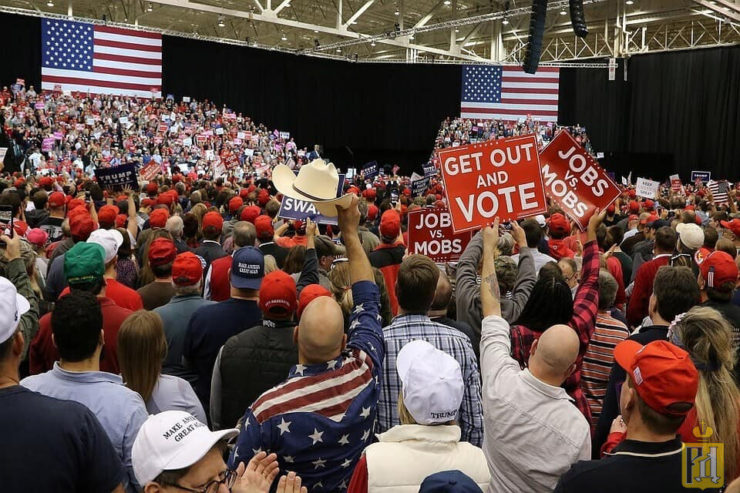
There are 2 months left before Americans will vote in the presidential elections. Perhaps never before has the American electorate had to choose between such radically different candidates.
The contrast between the two parties, their platforms, shared values, political culture and ethical standards has never been more evident than now. This extreme discrepancy is evident in everything from the speeches of party leaders to the views that party supporters share on social networks.
As the election dates approach, the degree of accusations and rude attacks against each other is increasing. Even the US press says that a “disgusting fight between a frivolous man and an unchecked woman” begins. Even newspapers loyal to the Democratic Party, which praise Kamala Harris in every possible way for a perfect month of her nomination as a presidential candidate, still wish her to “go through a minimum of political issues without viral errors”.
US presidential election system
The US presidential election system is based on the Electoral College: each state receives a certain number of votes, there are 538 electors in the College, so the winner is the one who gets at least 270 votes.
In each state, whoever receives the most votes gets all the votes of the Electoral College. In many states, the result is predictable. For example, the votes of California are likely to go to the Democratic candidate, while the votes of South Carolina are likely to go to the Republicans. This means that campaigning will focus on a few swing states. Most analysts agree that this year there will be 7 battleground states: Nevada, Arizona, Wisconsin, Michigan, Georgia, North Carolina and Pennsylvania.
Nevada offers 6 electoral votes, making it the smallest of the swing states, but still important in a desperately tight race. Arizona has 11 votes. Both states have seen significant population growth and are home to a large number of Latinos. For Arizona, which has a long border with Mexico, immigration is a serious problem.
Wisconsin with 10 votes and Michigan with 15 votes are part of an area that is known as the ‘Rust Belt’, a once thriving industrial area that has experienced an economic downturn. Both states are predominantly ‘white’, although Michigan has a significant ‘black’ minority.
Georgia, with 11 votes, is the only swing state from the Deep South, a region with its own history and social norms. Just over half of Georgia is ‘white’, while about a third of the population is ‘black’.
North Carolina, which also has 16 votes, is a mix of cultural influences from the Appalachian Mountains and the coast: the growing population is 62% ‘white’ with a large ‘black’ minority (about 22%). This state is estimated to lean Republican.
Pennsylvania is the largest swing state, with 19 electoral votes. It contains a significant mix of rural and urban areas, including Philadelphia, one of the most important cities in the United States. The results of voting in Pennsylvania often determine the outcome of the entire election campaign.
Voters in swing states tend to share the same concerns as most Americans. The prioritising and interpretation of these concerns vary from state to state, but the key issues for most American voters are the economy, immigration, US involvement in foreign wars and the state of US politics.
Perhaps, for Arizona, Georgia, North Carolina and Wisconsin, access to abortion, which is pedalled by the Democratic Party, has also become a resonant issue.
In recent days, people within the US have increasingly brought up the course and results of the American Civil War (1861-1865), which the government of Republican President Abraham Lincoln waged against the rebellious southern states, who sought to perpetuate slavery under the guise of state rights under the federal system. Through blood and weapons, this war highlighted the difference between the idea of a strong central government and the Democrats’ priority of states’ rights.
Current opinion polls show that the chances of Republicans and Democrats are roughly equal; however, the situation will become much clearer following the debate between Trump and Harris, scheduled for September 10.
Vladimir Mashin, Candidate of Historical Sciences, political observer, exclusively for the online magazine “New Eastern Outlook”
